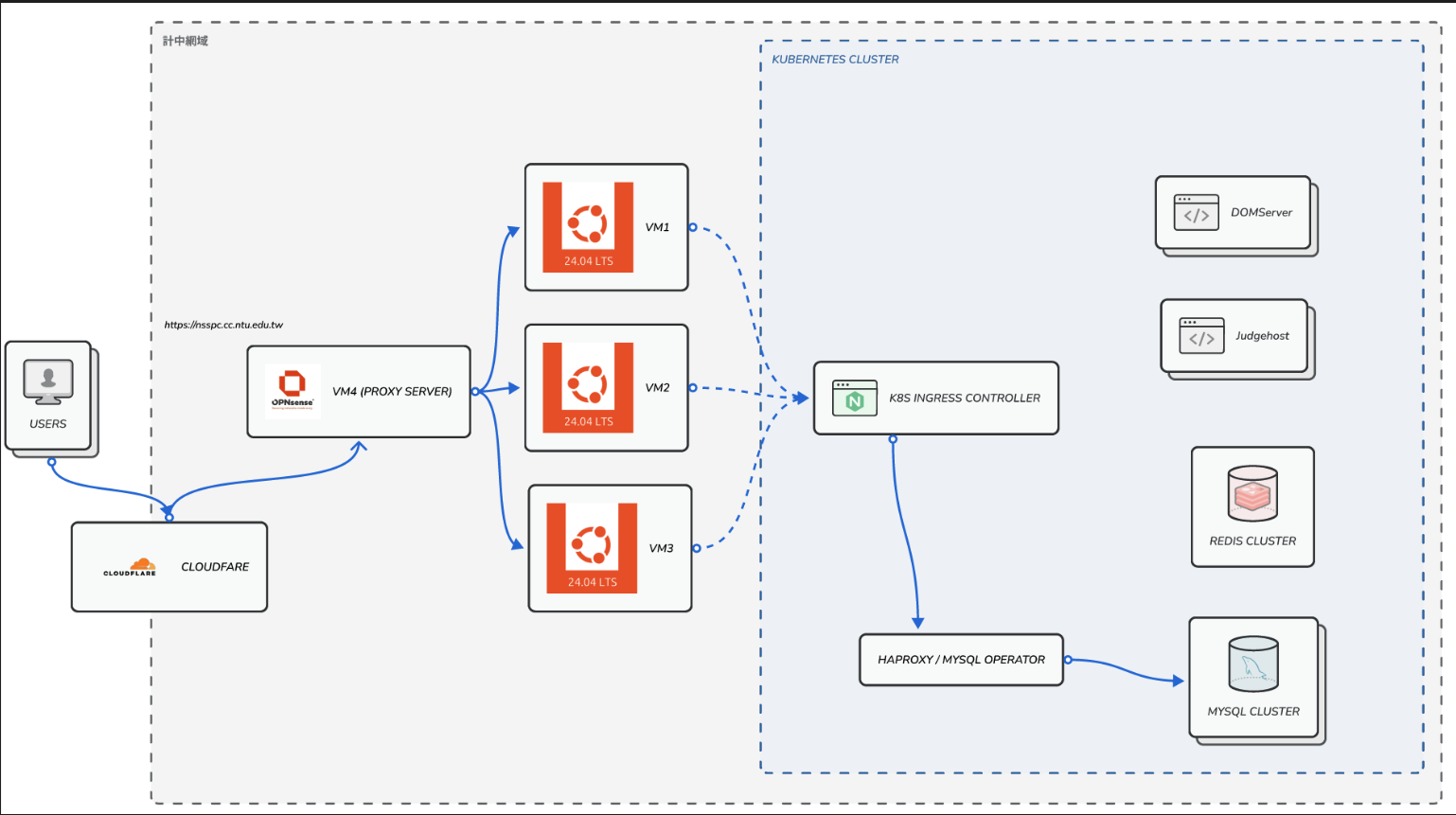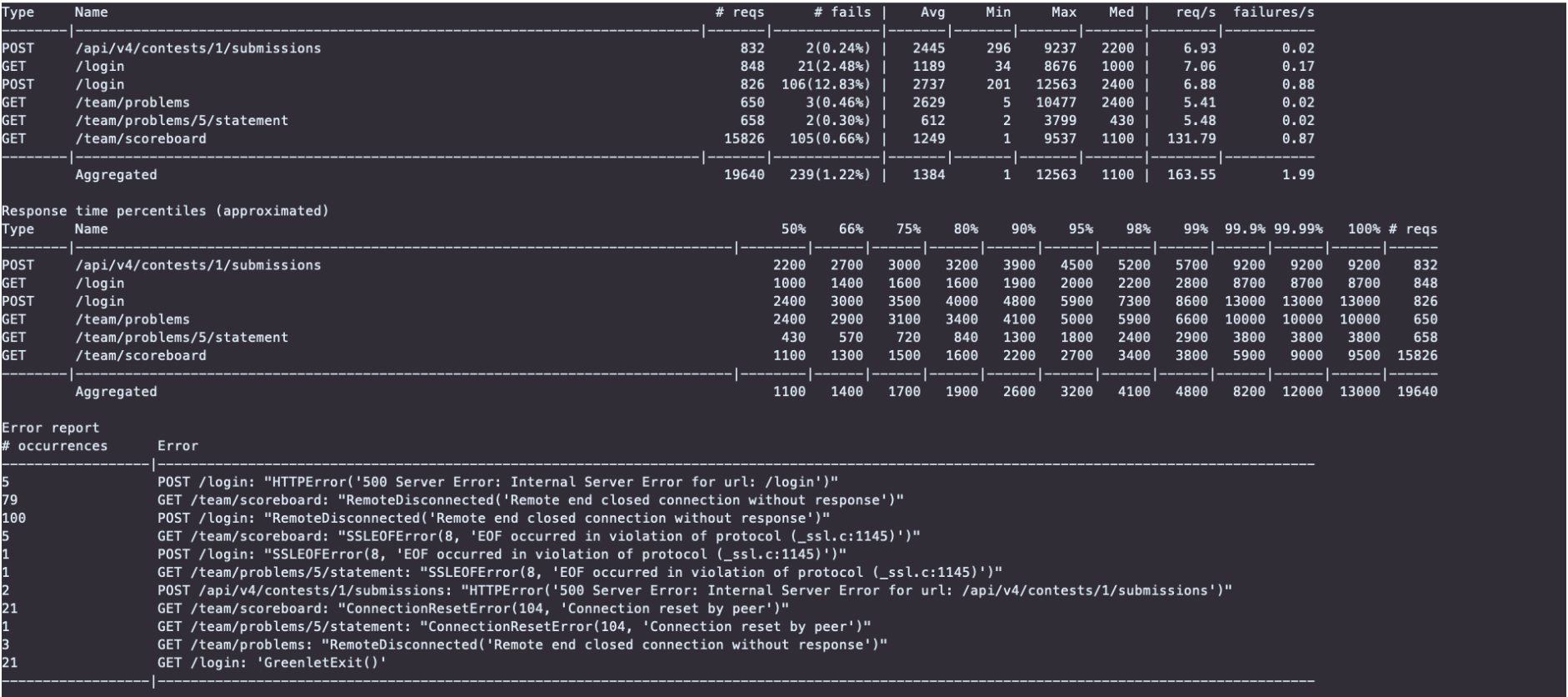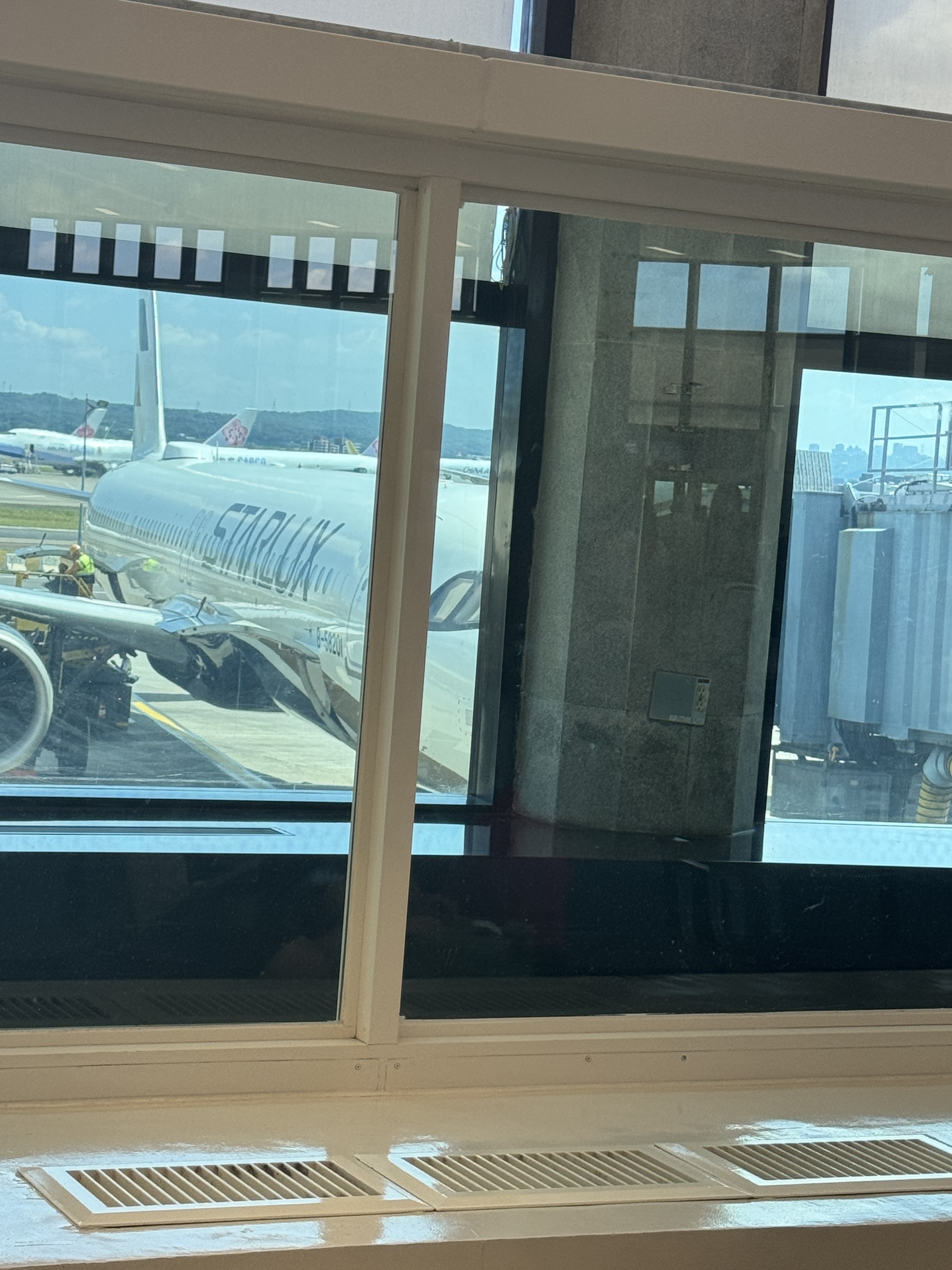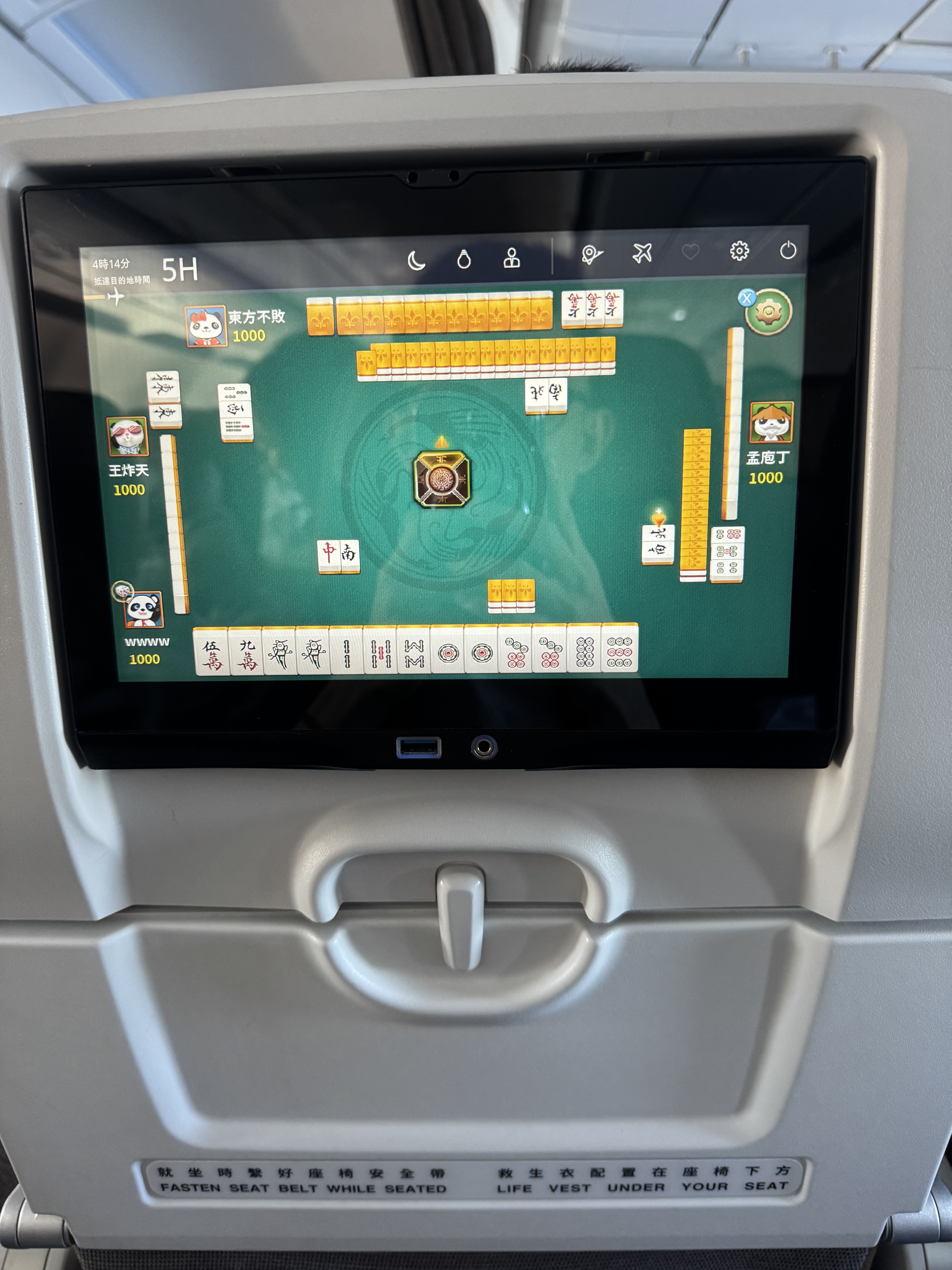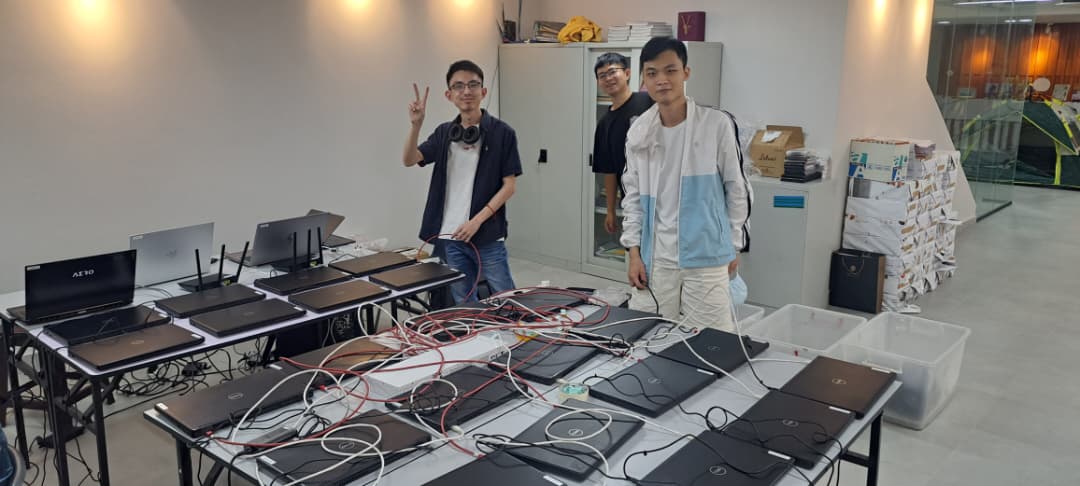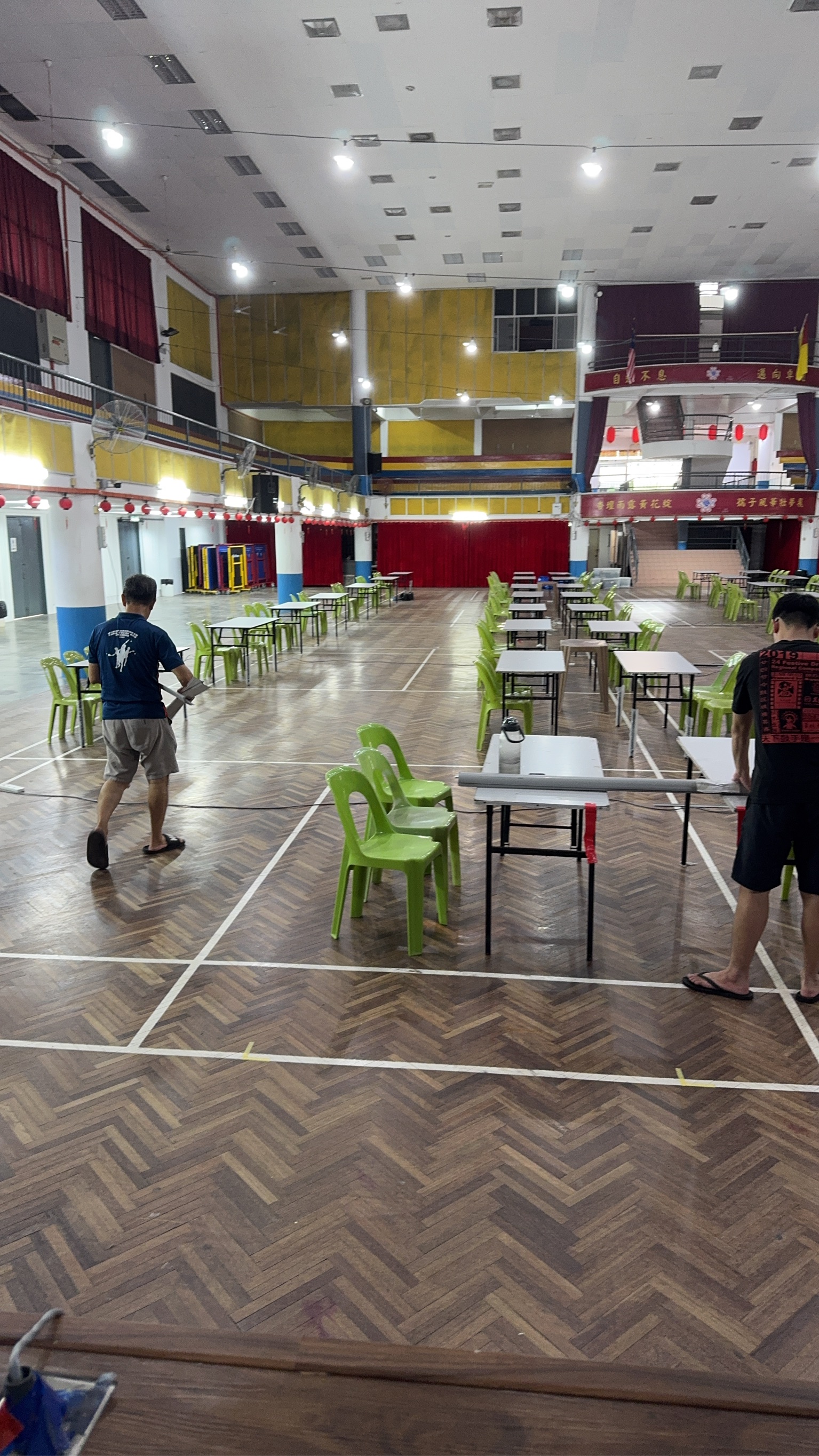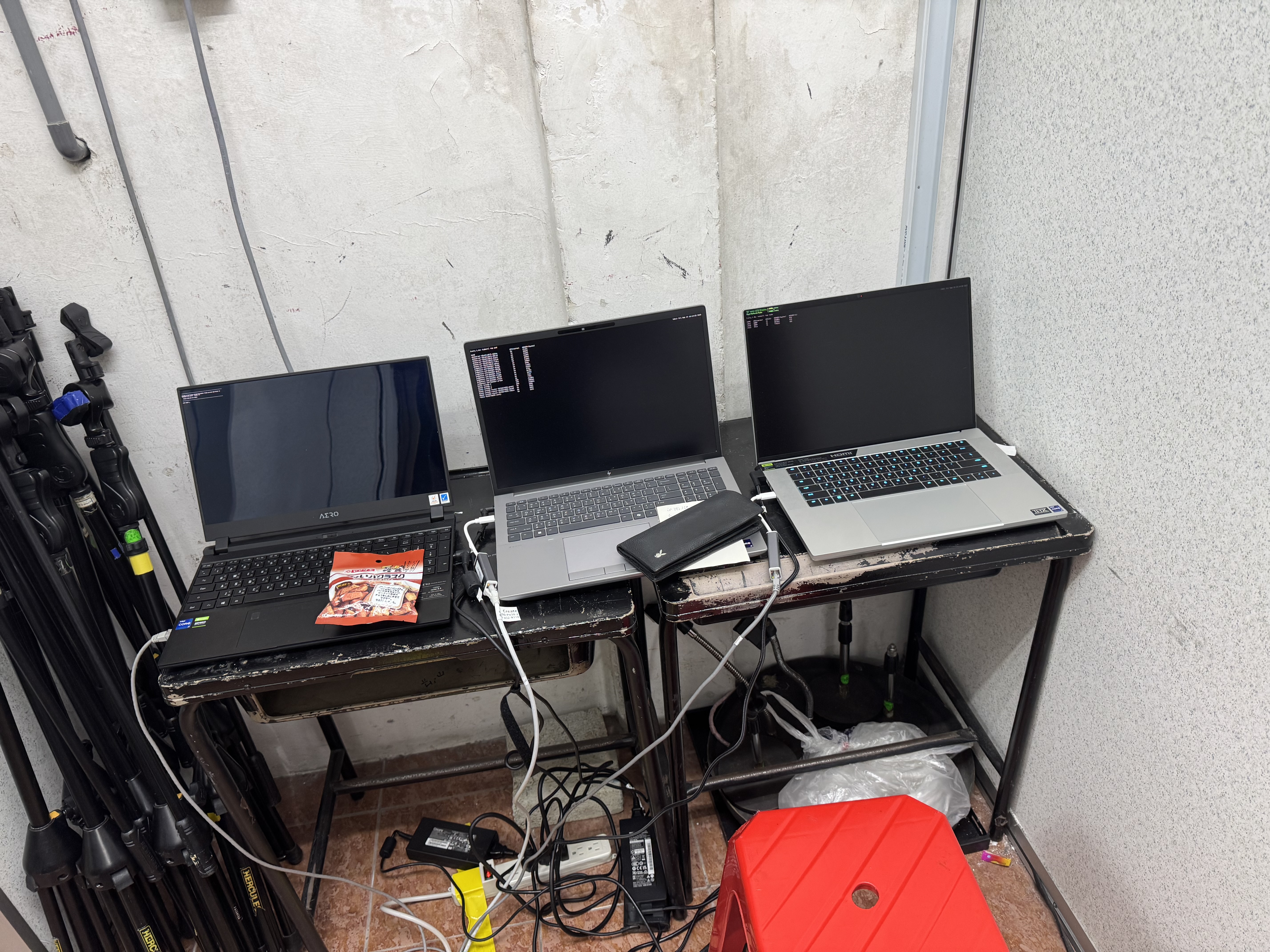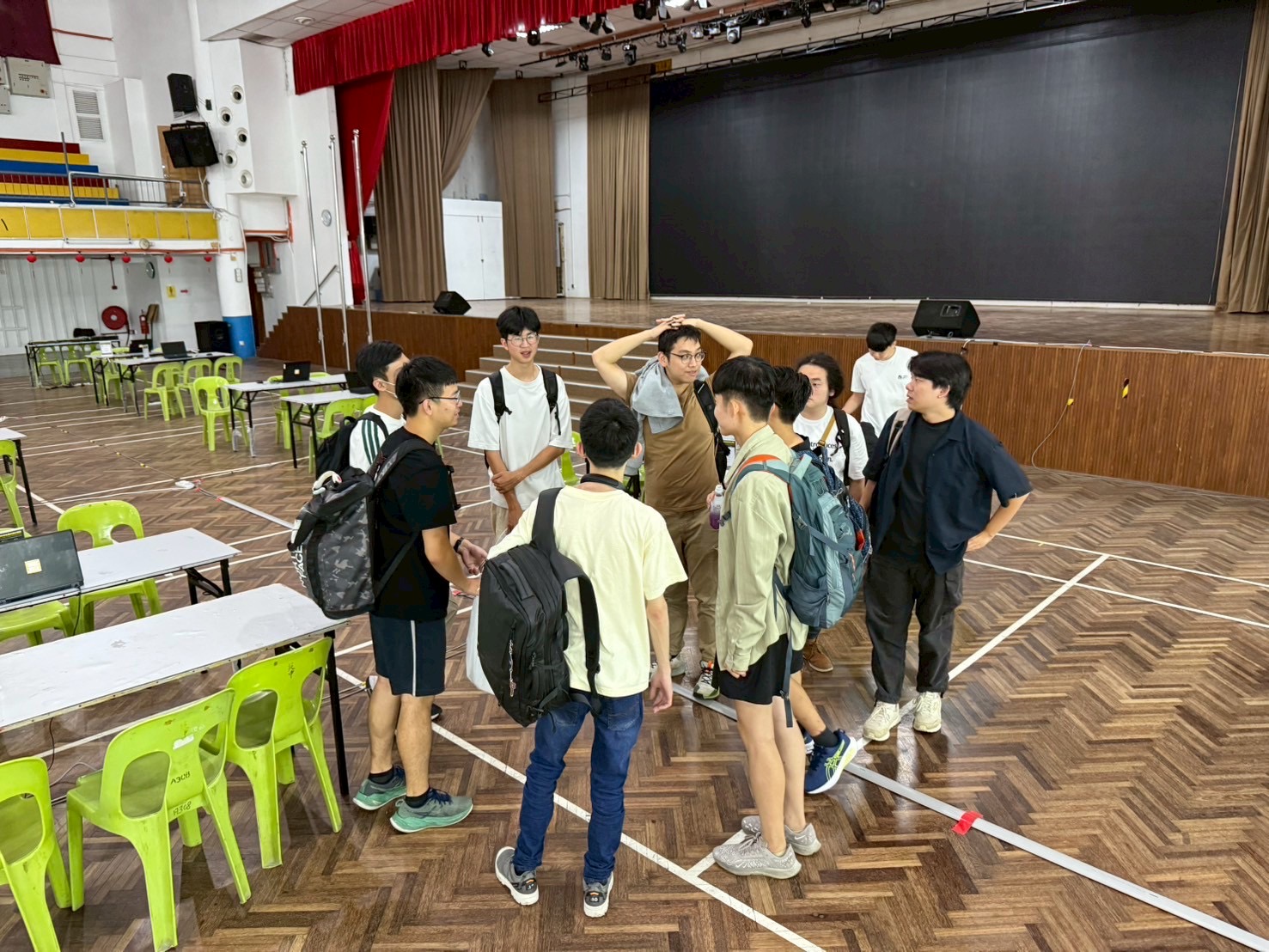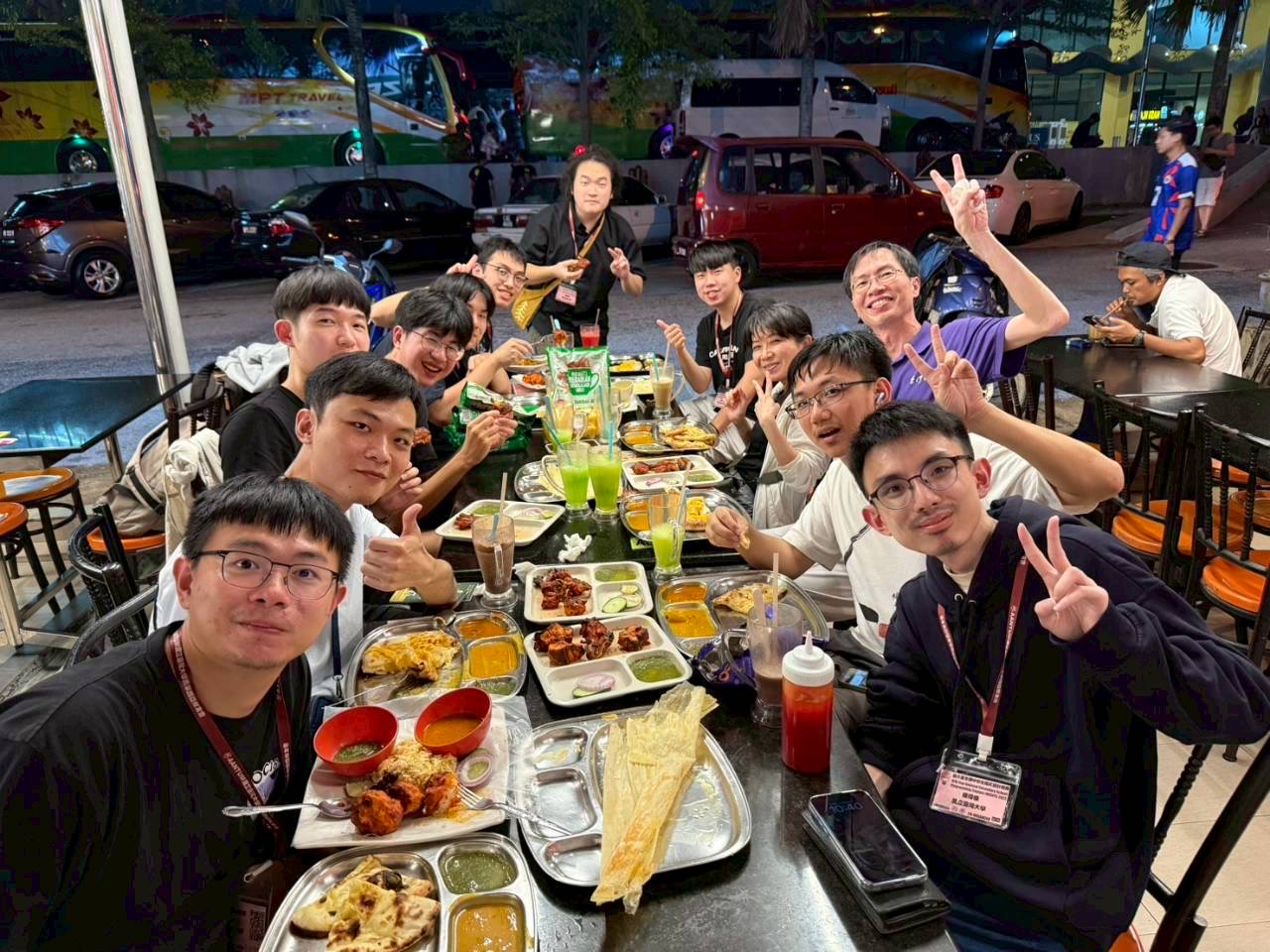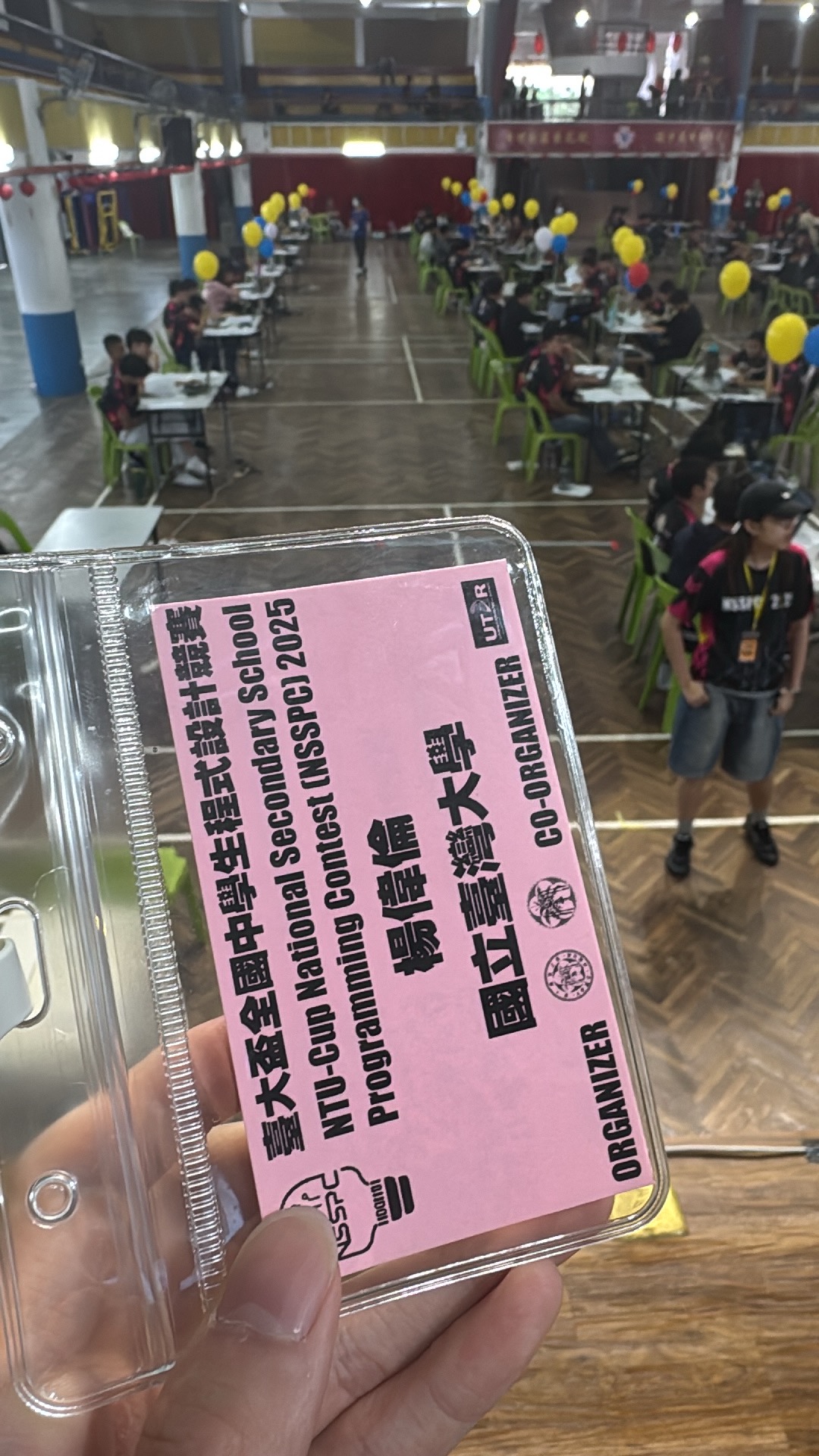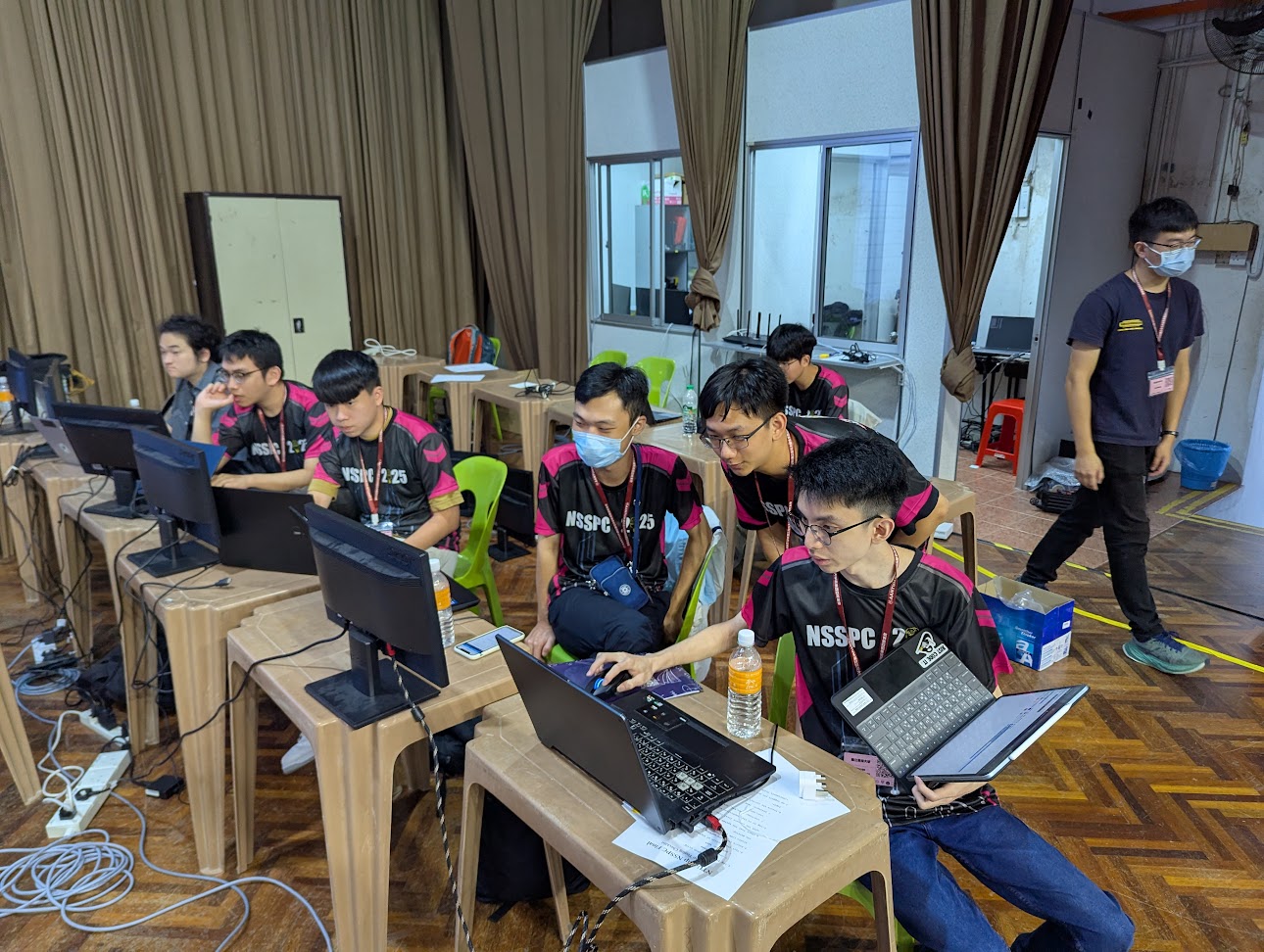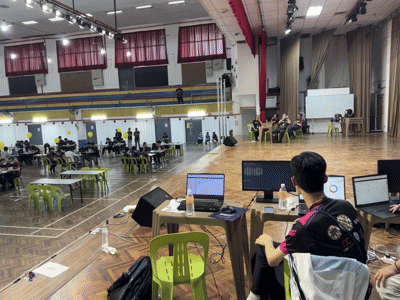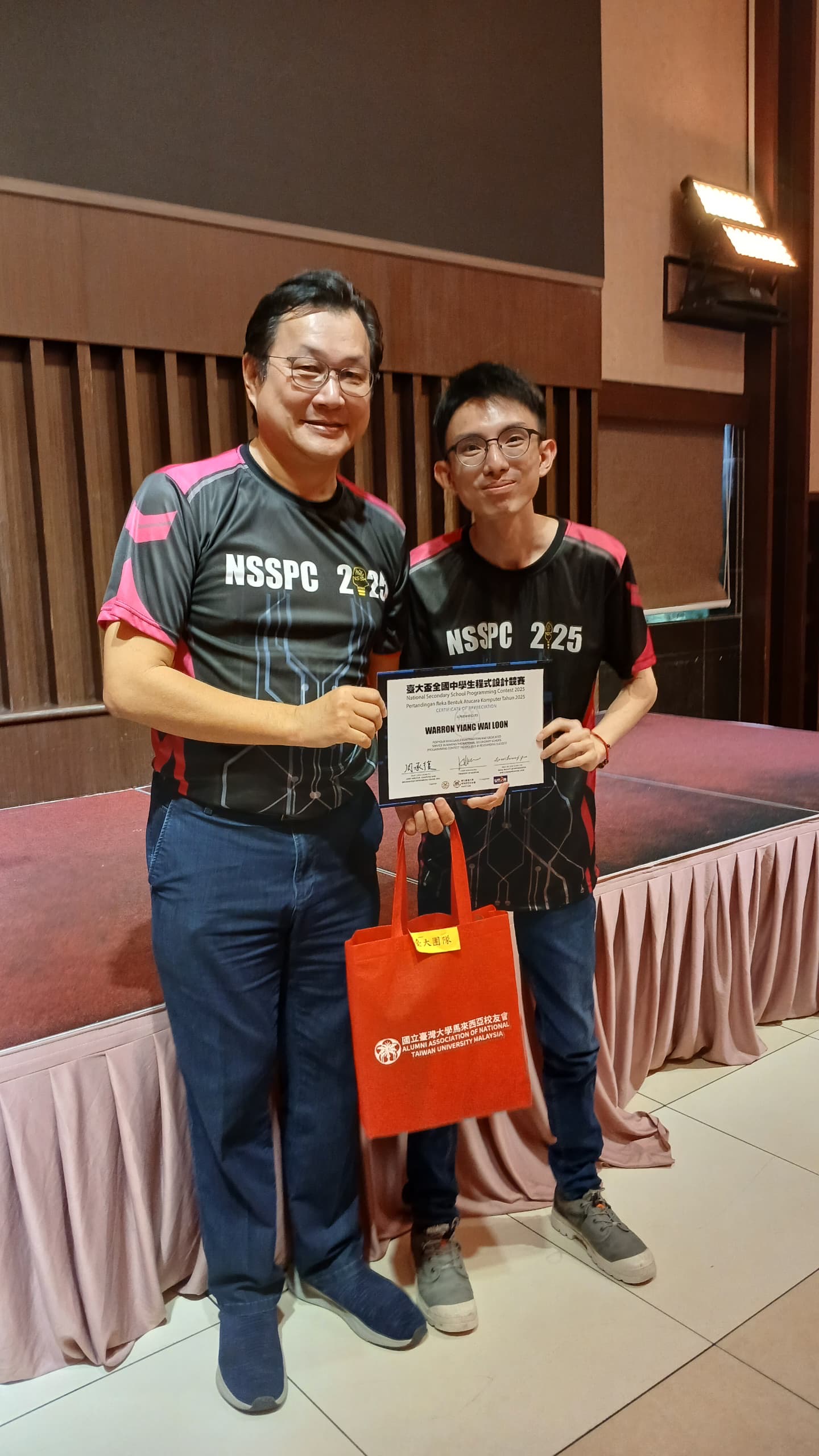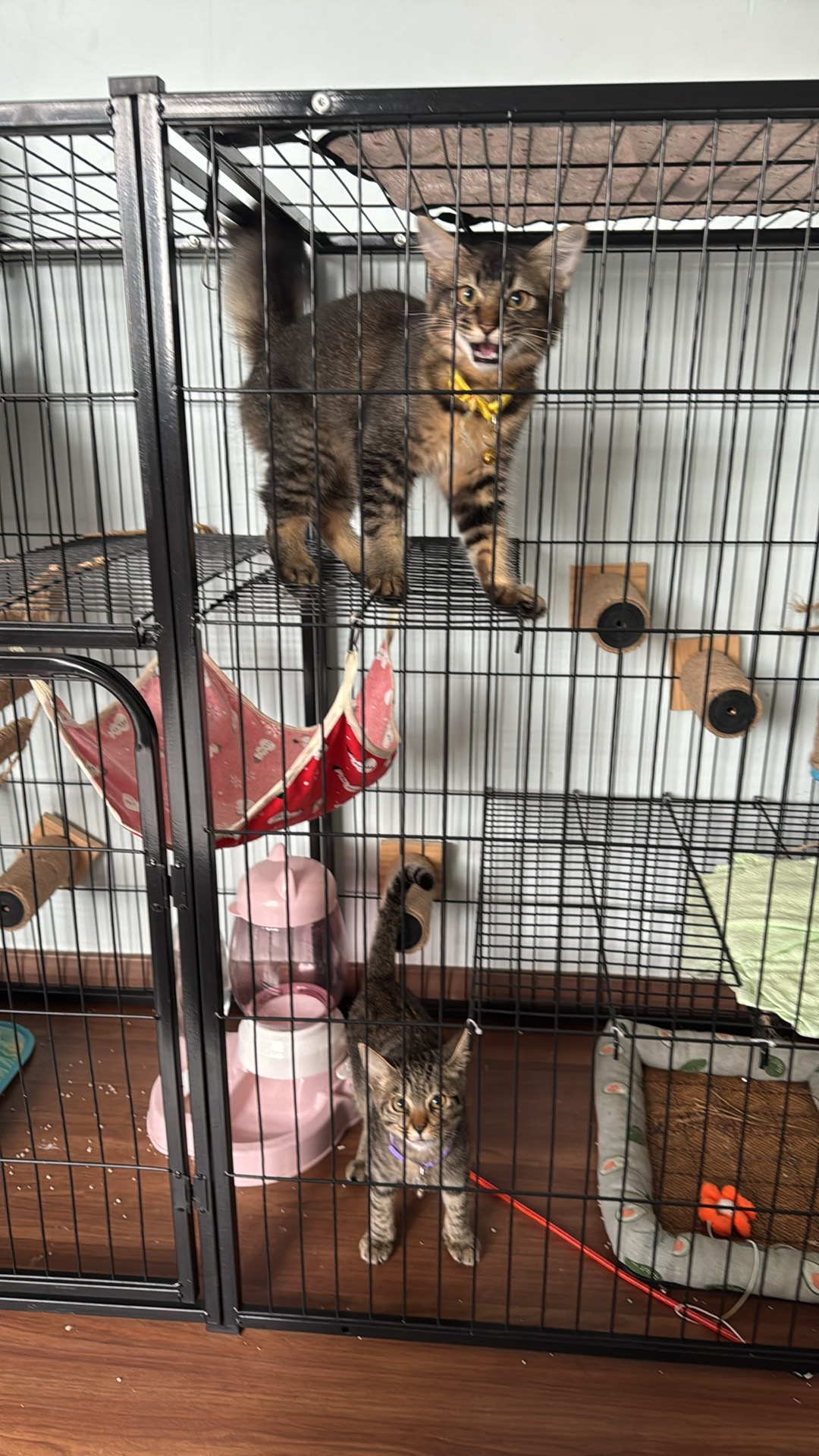NSSPC System Adminsitrator Experiences
Context
Back in April, a senior from NASA (Network And System Administration Team) asked if I’d like to join the Computer Center’s NSSPC Project. The plan: host the online preliminary round in mid-September and then fly to Kuala Lumpur for the on-site finals. Honestly, the first thing I noticed was “sponsored trip back to Malaysia” — which lead to instant yes XDD.
NTU Team
The contest was organized by the Malaysian Alumni Association, in collaboration with National Taiwan University and UTAR. NTU’s responsibility was the programming contest.
Our team split into two groups:
- Judging Team: wrote problems and reviewed translations.
- Systems Team (my team): built the prelim and final environments.
Inside Systems, we further split into Infra and Services. I’m not the “image laptops & wire switches” kind of person, and I was already the Web Administration Team lead in NASA, so I joined Services (web services, deployments, etc.). A few days later, they asked if I could lead the Services group… and welp, here we are XDD.
Web Architecture
In previous years, everything was set up directly on VMs. This time, we decided to go with Kubernetes. VM-only setups get messy fast and are painful to reproduce; with Kubernetes, we can turn multiple services into a few config files, then deploy with one command. Plus, we get built-in knobs for high availability.
To keep prelim and finals similar (and reduce cognitive load), we used the same Kubernetes architecture for both.
Why Kubernetes instead of VM-only?
- Declarative, repeatable deploys: everything as YAML/Helm; “git pull + apply” beats “SSH + snowflake servers.”
- Scale & self-healing: if a pod dies, it restarts; if load spikes, replicas scale. On VMs, you babysit processes.
- Service discovery built-in: no hand-crafted /etc/hosts spaghetti; Services/Ingress handle routing cleanly.
- Rolling updates / rollbacks: ship changes gradually, roll back in one command if something breaks.
- Portable between venues: prelim on campus VMs, finals on three laptops acting as masters — same manifests.
- Resource isolation: limits/requests help keep noisy neighbors from taking everything down.
- Observability: standardize on Prometheus/Grafana operators, sidecars, and logs with consistent labels.
- Team collaboration: infra and services speak the same YAML; fewer “it works on my VM” moments.
- Disaster tolerance: restarting pods across nodes is way easier than resurrecting a pet VM with mystery configs.
The Pain of Deploying DOMJudge
MySQL NDB Said “Nope” QQ
We used DOMJudge 8.3.1 (a newer release) and immediately ran into weirdness. First, the database layer: DOMJudge doesn’t exactly shout “No NDB,” so we tried MySQL NDB first. Everything “deployed,” but the app wouldn’t work. After stepping through logs and behaviors, we realized DOMJudge doesn’t support NDB. Switched to InnoDB, and finally the app could talk to the DB… or so we thought.
Broken Startup Script…
DOMJudge still couldn’t communicate properly under Kubernetes. More debugging later, we discovered the init script dj_setup_database creates the DB user as domjudge@localhost by default. That’s fine for a single box, but not for a distributed setup. Fix: I patched the DOMJudge Docker image to create domjudge@% instead. No more permissions rabbit hole. The following is the patched dj_setup_database script:
1
2
3
4
5
6
7
8
9
10
11
12
13
14
15
16
17
18
19
20
21
22
23
24
25
26
27
28
29
30
31
32
33
34
35
36
37
38
39
40
41
42
43
44
45
46
47
48
49
50
51
52
53
54
55
56
57
58
59
60
61
62
63
64
65
66
67
68
69
70
71
72
73
74
75
76
77
78
79
80
81
82
83
84
85
86
87
88
89
90
91
92
93
94
95
96
97
98
99
100
101
102
103
104
105
106
107
108
109
110
111
112
113
114
115
116
117
118
119
120
121
122
123
124
125
126
127
128
129
130
131
132
133
134
135
136
137
138
139
140
141
142
143
144
145
146
147
148
149
150
151
152
153
154
155
156
157
158
159
160
161
162
163
164
165
166
167
168
169
170
171
172
173
174
175
176
177
178
179
180
181
182
183
184
185
186
187
188
189
190
191
192
193
194
195
196
197
198
199
200
201
202
203
204
205
206
207
208
209
210
211
212
213
214
215
216
217
218
219
220
221
222
223
224
225
226
227
228
229
230
231
232
233
234
235
236
237
238
239
240
241
242
243
244
245
246
247
248
249
250
251
252
253
254
255
256
257
258
259
260
261
262
263
264
265
266
267
268
269
270
271
272
273
274
275
276
277
278
279
280
281
282
283
284
285
286
287
288
289
290
291
292
293
294
295
296
297
298
299
300
301
302
303
304
305
306
307
308
309
310
311
312
313
314
315
316
317
318
319
320
321
322
323
324
325
326
327
328
329
330
331
332
333
334
335
336
337
338
339
340
341
342
343
344
345
346
347
348
349
350
351
352
353
354
355
356
357
358
359
360
361
362
363
364
365
366
367
368
369
370
371
372
373
374
375
376
377
378
379
380
381
382
383
384
385
386
387
388
389
390
391
392
393
394
395
396
397
398
399
400
401
402
403
404
405
406
407
408
409
410
411
412
413
414
415
416
417
418
419
420
421
422
423
424
425
426
427
428
429
430
431
432
433
434
435
436
437
438
439
440
441
442
443
444
445
446
447
448
#!/bin/sh
# Generated from 'dj_setup_database.in' on Tue Jun 10 06:09:00 UTC 2025.
# This script allows one to perform DOMjudge database setup actions.
# See usage below for possible commands and options.
set -e
BINDIR="/opt/domjudge/domserver/bin"
ETCDIR="/opt/domjudge/domserver/etc"
WEBAPPDIR="/opt/domjudge/domserver/webapp"
EXAMPLEPROBDIR="/opt/domjudge/domserver/example_problems"
DATABASEDUMPDIR="/opt/domjudge/domserver/db-dumps"
PASSWDFILE="$ETCDIR/dbpasswords.secret"
verbose()
{
if [ -z "$QUIET" ]; then
echo "$@"
fi
}
usage() {
cat <<EOF
Usage: $0 [option]... <command> [argument]
Commands:
status check database installation status
genpass generate DB,API,Symfony,admin password files
create-db-users create (empty) database and users
install create database, example contest and users if not existing
bare-install create database, setup defaults if not existing
uninstall remove database users and database, INCLUDING ALL DATA!
install-examples install examples only
install-loadtest configure for load testing. WARNING: CREATES A LOT OF EXTRA ITEMS!
upgrade upgrade MySQL database schema to current version
dump [filename] backup the current database to file (without .sql.gz suffix)
load [filename] load a backup from file (without .sql.gz suffix), REMOVES ALL PREVIOUS DATA!
Options:
-u <user> connect to MySQL with DB admin <user>
-p <pass> use password <pass> for DB admin user
-q be (mostly) quiet
-r read DB admin password from prompt
-s connect via local socket (do not specify port)
Note: you may want to store your credentials in ~/.my.cnf in order to
not have to pass any of the options above.
EOF
}
mysql_options()
{
local user pass
# shellcheck disable=SC2153
if [ -n "$DBUSER" ]; then
user="-u $DBUSER"
else
user="${DBA_USER:+-u ${DBA_USER}}"
fi
# shellcheck disable=SC2153
if [ -n "$PASSWD" ]; then
pass="-p$PASSWD"
else
[ -n "$PROMPT_PASSWD" ] && pass="-p"
[ -n "$DBA_PASSWD" ] && pass="-p$DBA_PASSWD"
fi
[ -z "$USE_SOCKET" ] && port="-P$DBPORT"
echo $user ${pass:+"$pass"} -h "$DBHOST" ${port:+"$port"}
}
# Wrapper around mysql command to allow setting options, user, etc.
mysql()
{
command mysql $(mysql_options) --silent --skip-column-names "$@"
}
# Quick shell hack to get a key from an INI file.
# This is not perfect and ignores sections at least!
get_ini_file_key()
{
(
FILE="$1"
KEY="$2"
grep "^[[:space:]]*${KEY}[[:space:]]*=" "$FILE" 2>/dev/null \
| sed -r "s/^[[:space:]]*${KEY}[[:space:]]*=[[:space:]]*//"
)
}
# Wrapper around the Symfony console to allow setting the connection and passing options
symfony_console()
{
if [ -n "$QUIET" ]; then
ARG="-q"
else
ARG=""
fi
DATABASE_URL=
# If we do not have an explicit user and password set, determine them from passed arguments,
# ~/.my.cnf or the current user
if [ -z "$DBUSER" ]; then
if [ -n "$DBA_USER" ]; then
if [ -n "$PROMPT_PASSWD" ]; then
stty -echo
printf "Enter password: "
read -r DBA_PASSWD
stty echo
printf "\n"
fi
fi
# If we do not have a user or password yet, try to read it from ~/.my.cnf
if [ -f ~/.my.cnf ]; then
[ -z "$DBA_USER" ] && DBA_USER=$( get_ini_file_key ~/.my.cnf 'user')
[ -z "$DBA_PASSWD" ] && DBA_PASSWD=$(get_ini_file_key ~/.my.cnf 'password')
fi
if [ -z "$DBA_USER" ]; then
DBA_USER=$(whoami)
fi
if [ -n "$DBA_USER" ]; then
if [ -n "$DBA_PASSWD" ]; then
DATABASE_URL=mysql://${DBA_USER}:${DBA_PASSWD}@${domjudge_DBHOST}:${domjudge_DBPORT}/${domjudge_DBNAME}
else
DATABASE_URL=mysql://${DBA_USER}@${domjudge_DBHOST}:${domjudge_DBPORT}/${domjudge_DBNAME}
fi
fi
fi
if [ -n "$DATABASE_URL" ]; then
DATABASE_URL=$DATABASE_URL ${WEBAPPDIR}/bin/console -v $ARG "$@"
else
${WEBAPPDIR}/bin/console -v $ARG "$@"
fi
# Make sure any generated cache data has the right permissions if we ran as root.
if [ `id -u` -eq 0 ]; then
${BINDIR}/fix_permissions
fi
}
read_dbpasswords()
{
if [ ! -r "$PASSWDFILE" ]; then
echo "Error: password file '$PASSWDFILE' not found or not readable."
echo "You may want to run: $0 genpass"
return 1
fi
OLDIFS="$IFS"
IFS=":"
# Don't pipe $PASSWDFILE into this while loop as that spawns a
# subshell and then variables are not retained in the original shell.
while read -r role host db user passwd port dummy; do
# Skip lines beginning with a '#'
[ "x$role" != "x${role###}" ] && continue
domjudge_DBHOST=$host
domjudge_DBPORT=$port
domjudge_DBNAME=$db
domjudge_DBUSER=$user
domjudge_PASSWD=$passwd
DBHOST=$host
DBNAME=$db
DBPORT=$port
done < "$PASSWDFILE"
IFS="$OLDIFS"
if [ -z "$domjudge_DBPORT" ]; then
domjudge_DBPORT=3306
fi
if [ -z "$DBPORT" ]; then
DBPORT=3306
fi
if [ -z "$domjudge_PASSWD" ]; then
echo "Error: no login info found."
return 1
fi
verbose "Database credentials read from '$PASSWDFILE'."
}
status()
{
if [ ! -r "$PASSWDFILE" ]; then
echo "Error: cannot read database password file '$PASSWDFILE'."
return 1
fi
read_dbpasswords || return 1
printf "Trying to connect to the server as DB admin: "
mysql -e 'SELECT "success.";' || return 1
printf "Trying to connect to the server with user '%s': " "$domjudge_DBUSER"
DBUSER=$domjudge_DBUSER PASSWD=$domjudge_PASSWD mysql -e 'SELECT "success.";' || return 1
printf "Searching for database '%s': " "$DBNAME"
mysql -e "USE \`$DBNAME\`; SELECT 'found.';" || return 1
printf "Searching for data in database: "
DBUSER=$domjudge_DBUSER PASSWD=$domjudge_PASSWD \
mysql -e "USE \`$DBNAME\`; SELECT name FROM team WHERE name = 'DOMjudge';" || return 1
printf "MySQL server version: "
mysql -e 'SELECT version();'
}
create_db_users()
{
(
# The MySQL character set and collation are hardcoded here, but
# can be changed in the database and their configuration settings
# in etc/domserver-config.php updated after installation.
echo "CREATE DATABASE IF NOT EXISTS \`$DBNAME\` DEFAULT CHARACTER SET utf8mb4 COLLATE utf8mb4_unicode_ci;"
echo "CREATE USER IF NOT EXISTS '$domjudge_DBUSER'@'%' IDENTIFIED BY '$domjudge_PASSWD';"
echo "GRANT SELECT, INSERT, UPDATE, DELETE ON \`$DBNAME\`.* TO '$domjudge_DBUSER'@'%';"
echo "FLUSH PRIVILEGES;"
) | mysql
verbose "DOMjudge database and user(s) created."
}
remove_db_users()
{
(
echo "DROP DATABASE IF EXISTS \`$DBNAME\`;"
echo "DROP USER IF EXISTS '$domjudge_DBUSER'@'%';"
echo "FLUSH PRIVILEGES;"
) | mysql -f
verbose "DOMjudge database and user(s) removed."
}
install_examples()
{
DBUSER=$domjudge_DBUSER PASSWD=$domjudge_PASSWD symfony_console domjudge:load-example-data
"$EXAMPLEPROBDIR"/generate-contest-yaml
( cd "$EXAMPLEPROBDIR" && yes y | "$BINDIR"/import-contest )
}
uninstall_helper()
{
read_dbpasswords
remove_db_users
}
create_db_users_helper()
{
read_dbpasswords
create_db_users
verbose "Created empty database and users."
}
create_database_dump () {
sudo mysqldump $(mysql_options) --opt --skip-lock-tables domjudge | pv | gzip > "$DATABASEDUMPDIR/${1}.sql.gz"
}
### Script starts here ###
# Parse command-line options:
while getopts ':u:p:qrs' OPT ; do
case "$OPT" in
u)
DBA_USER=$OPTARG
;;
p)
DBA_PASSWD=$OPTARG
;;
q)
QUIET=1
;;
r)
PROMPT_PASSWD=1
;;
s)
USE_SOCKET=1
;;
:)
echo "Error: option '$OPTARG' requires an argument."
usage
exit 1
;;
?)
echo "Error: unknown option '$OPTARG'."
usage
exit 1
;;
*)
echo "Error: unknown error reading option '$OPT', value '$OPTARG'."
usage
exit 1
;;
esac
done
shift $((OPTIND-1))
case "$1" in
status)
if status ; then
echo "Database check successful: database and users present and accessible."
exit 0
else
echo "Database status check failed."
exit 1
fi
;;
genpass)
$ETCDIR/gen_all_secrets
;;
uninstall)
uninstall_helper
;;
install-examples)
read_dbpasswords
install_examples
;;
install-loadtest)
read_dbpasswords
create_db_users
export DB_FIRST_INSTALL=1
symfony_console doctrine:migrations:migrate -n
unset DB_FIRST_INSTALL
DBUSER=$domjudge_DBUSER PASSWD=$domjudge_PASSWD symfony_console domjudge:load-default-data
DBUSER=$domjudge_DBUSER PASSWD=$domjudge_PASSWD symfony_console domjudge:load-gatling-data
;;
create-db-users)
create_db_users_helper
;;
bare-install|install)
read_dbpasswords
create_db_users
export DB_FIRST_INSTALL=1
symfony_console doctrine:migrations:migrate -n
unset DB_FIRST_INSTALL
DBUSER=$domjudge_DBUSER PASSWD=$domjudge_PASSWD symfony_console domjudge:load-default-data
if [ "$1" = "install" ]; then
install_examples
verbose "SQL structure and default/example data installed."
else
verbose "SQL structure and defaults installed (no sample data)."
fi
;;
upgrade)
# check for legacy dbpasswords.secret content
if grep -Eq ^team: $PASSWDFILE >/dev/null 2>&1 ; then
echo "Warning: please remove all non-jury users from $PASSWDFILE"
echo "You may also remove those users from MySQL."
fi
read_dbpasswords
# Check if we need to upgrade the Doctrine migrations table
if ! echo "SHOW CREATE TABLE \`doctrine_migration_versions\`" | mysql "$DBNAME" >/dev/null 2>&1; then
symfony_console doctrine:migrations:sync-metadata-storage -n
# shellcheck disable=SC2016
echo 'INSERT INTO `doctrine_migration_versions`
(version, executed_at, execution_time)
SELECT concat("DoctrineMigrations\\\\Version", version), executed_at, 1
FROM migration_versions;' | mysql "$DBNAME"
echo "DROP TABLE \`migration_versions\`" | mysql "$DBNAME"
fi
symfony_console doctrine:migrations:migrate -n
DBUSER=$domjudge_DBUSER PASSWD=$domjudge_PASSWD symfony_console domjudge:load-default-data
verbose "DOMjudge database upgrade completed."
;;
dump)
read_dbpasswords
DUMPNAME="$2"
if [ -z "$DUMPNAME" ]; then
usage
exit 1
fi
if [ -f "${DATABASEDUMPDIR}/${DUMPNAME}.sql.gz" ]; then
while true; do
read -p "Overwrite existing database dump (y/N)? " yn
case $yn in
[Yy]* ) break ;;
''|[Nn]* ) exit 0;;
esac
done
fi
create_database_dump $DUMPNAME
exit 0
;;
load)
DUMPNAME="$2"
FILE=""
if [ -z "$DUMPNAME" ]; then
databases=$(find "$DATABASEDUMPDIR" -name "*.sql.gz" -type f -print0)
if [ -z "$databases" ]; then
echo "No files with .sql.gz suffix found in '$DATABASEDUMPDIR'"
exit 1
fi
ind=1
for i in "$databases"; do
echo "$ind) $i"
: $((ind+=1))
done
while true; do
read -p "Which database should be loaded? " db
ind=1
for i in "$databases"; do
if [ "$ind" = "$db" ]; then
FILE="$i"
break
fi
: $((ind+=1))
done
if [ -n "$FILE" ]; then
break
fi
done
else
FILE="$DATABASEDUMPDIR/${DUMPNAME}.sql.gz"
fi
if [ ! -f "${FILE}" ]; then
echo "Error: file ${FILE} not found."
exit 1
fi
uninstall_helper
create_db_users_helper
pv "${FILE}" | gunzip | mysql domjudge
;;
*)
echo "Error: Unknown subcommand '$1'"
usage
exit 1
;;
esac
Redis… Not Actually Used by Default
Even after logging in fine, Redis didn’t seem to be used. Sessions worked, but DOMJudge was still using file-based sessions despite our Redis URL and PHP settings. Digging through Symfony docs (DOMJudge is Symfony-based) showed we also needed to update Symfony’s framework config.
So in the patched image, I overrode a few config files (e.g., framework.yaml and service.yaml) to switch sessions to Redis. Only then did the architecture finally behave like the diagram in my head. Documentation really matters…
framework.yaml:
1
2
3
4
5
6
7
8
9
10
11
12
13
14
15
16
17
18
19
20
21
22
23
24
25
26
27
28
# see https://symfony.com/doc/current/reference/configuration/framework.html
framework:
secret: '%env(APP_SECRET)%'
esi: false
fragments: false
http_method_override: true
annotations: true
handle_all_throwables: true
serializer:
enabled: true
name_converter: serializer.name_converter.camel_case_to_snake_case
# Enables session support. Note that the session will ONLY be started if you read or write from it.
# Remove or comment this section to explicitly disable session support.
session:
handler_id: Symfony\Component\HttpFoundation\Session\Storage\Handler\RedisSessionHandler
php_errors:
log: true
assets:
version: "v=%domjudge.version%"
when@test:
framework:
test: true
session:
storage_factory_id: session.storage.factory.mock_file
and services.yaml:
1
2
3
4
5
6
7
8
9
10
11
12
13
14
15
16
17
18
19
20
21
22
23
24
25
26
27
28
29
30
31
32
33
34
35
36
37
38
39
40
41
# This file is the entry point to configure your own services.
# Files in the packages/ subdirectory configure your dependencies.
# Put parameters here that don't need to change on each machine where the app is deployed
# https://symfony.com/doc/current/best_practices.html#use-parameters-for-application-configuration
imports:
- { resource: static.yaml }
parameters:
locale: en
# Enable this to support removing time intervals from the contest.
# This code is rarely tested and we discourage using it.
removed_intervals: false
services:
# default configuration for services in *this* file
_defaults:
autowire: true # Automatically injects dependencies in your services.
autoconfigure: true # Automatically registers your services as commands, event subscribers, etc.
# makes classes in src/ available to be used as services
# this creates a service per class whose id is the fully-qualified class name
App\:
resource: '../src/'
exclude:
- '../src/DependencyInjection'
- '../src/Entity'
- '../src/Migrations'
- '../src/Kernel.php'
Symfony\Component\HttpFoundation\Session\Storage\Handler\RedisSessionHandler:
arguments:
- '@Redis'
Redis:
# you can also use \RedisArray, \RedisCluster, \Relay\Relay or \Predis\Client classes
class: \Redis
calls:
- connect:
- 'redis.default.svc.cluster.local'
- 6379
Prelim Prep
With web services stable, we set up monitoring and load testing:
- Monitoring: Prometheus + Grafana
- Load test: Locust, simulating 800 concurrent users for 2 minutes
Preliminary Round Day
Prelim was fully online, so we camped at the Computer Center, watched dashboards, and ate fried chicken + pizza until it ended XD.
No major fires. One recurring annoyance: some judgehosts occasionally failed to fetch test data from DOMJudge; rejudge fixed it. We also learned to set judgehost resource requests = limits; otherwise, the same submission might pass sometimes and fail other times… not fun.
Finals Prep
We held a few syncs to go over prelim issues and finalize the finals plan. On Sept 13, the advance team (3 of us, including me) flew to Malaysia to prep contestant laptops and deploy servers. The rest (Judging Team, three faculty leads, and remaining Systems Team) arrived on Sept 17.
Before flying, we prepped the server laptops (acting as master nodes) with Kubernetes and deployed DOMJudge on top. Thanks to the manifests we’d already written for the prelim, it was just a matter of tweaking resource allocations for the laptop server hardware. One week before departure, we ran extra stress tests and HA drills. All green.
Mini rant about reimbursements: pay first, attach receipt, then wait (forever?) for reimbursement. If a student’s tight on budget, that’s rough QQ. (Yes, sponsor means not fronting money in a perfect world…)
Advance Team, Wheels Up!
Sept 13: first time flying STARLUX — so exciting XD.
Finally tried the in-flight Mahjong mini-game (usually I fly budget so no fancy screens QQ).
The meal was great too… I’m worried I’ll get spoiled and forget how to “budget airline” XDD
At KLIA, I zipped through immigration (Malaysian perk ><) and waited for the other two teammates. Then straight to the alumni office to set up contestant laptops and the server.
Food pics from those days — welcome to Malaysia, where the cuisine is a personality trait:
Main Group Arrives!
On Sept 17, we (the advanced team) headed to SMK Seri Seremban to start venue setup. Our job: place the server laptops in a side area next to the stage, set up the switches and router, confirm network details with the school’s IT (gateway IP, available IPs), and coordinate with the printer vendor to lock in IP settings.
The printer vendor spoke only a little English — good thing I could switch to Malay. Not sure how they managed this part in previous years XD
And here’s the “pre-finals midnight snack” shot:
Test Contest
Sept 19: we hosted a test contest so students could check their laptop environments and the DOMJudge setup. After it ended, we collected all laptops, re-imaged them (just in case someone planted “creative” things during testing XD), and set final credentials and problems & contest. We worked till around 11 pm before heading back to the hotel.
Finals Day
Sept 20, we arrived at 6:30 am… and immediately hit chaos. After breakfast, we got back to find one server laptop had basically reset — its OPNSense instance reverted to initial state (as if nothing had been configured), and the contest started in 30 minutes.
We split tasks: Infra sprinted through network checks and tried to pull the latest OPNSense backup from the other nodes (pve1/pve3) to restore pve2. I focused on ensuring DOMJudge stayed up despite pve2 being down (thanks to HA), but the judgehosts started spamming Warnings → Errors.
The final fix: sync clocks across OPNSense and all services, and make sure MySQL Routers were spread across different machines. After that initial scare, the rest of the finals went smoothly — no service outages, no network splits, no late contestants. Deep breaths, big smiles.
When the contest ended, the Judging Team headed to the ceremony for solution explanations and awards. Systems packed up contestant laptops, server gear, and cabling. Around 7 pm we went to the celebration dinner. The NTU team was supposed to go back to a hotel in KL, but I’d requested to stay a few more days in Malaysia (since I was home anyway), so I split from the group and headed to a different hotel.
A Quick “Going Home” Interlude
Escaping the start of the semester… just a bit XD. I spent a couple of days chilling at home, stocking up on snacks and essentials before flying back to Taiwan — and of course, hanging with the cats.
Closing Thoughts
Kubernetes absolutely paid off: same manifests for prelim and finals, portable between data center VMs and on-site laptops, and recoverable when one node decided to cosplay a brick. Sure, we had to patch DOMJudge and fight some Symfony configs, but the consistency, observability, and HA were worth it. Would choose K8s again.
